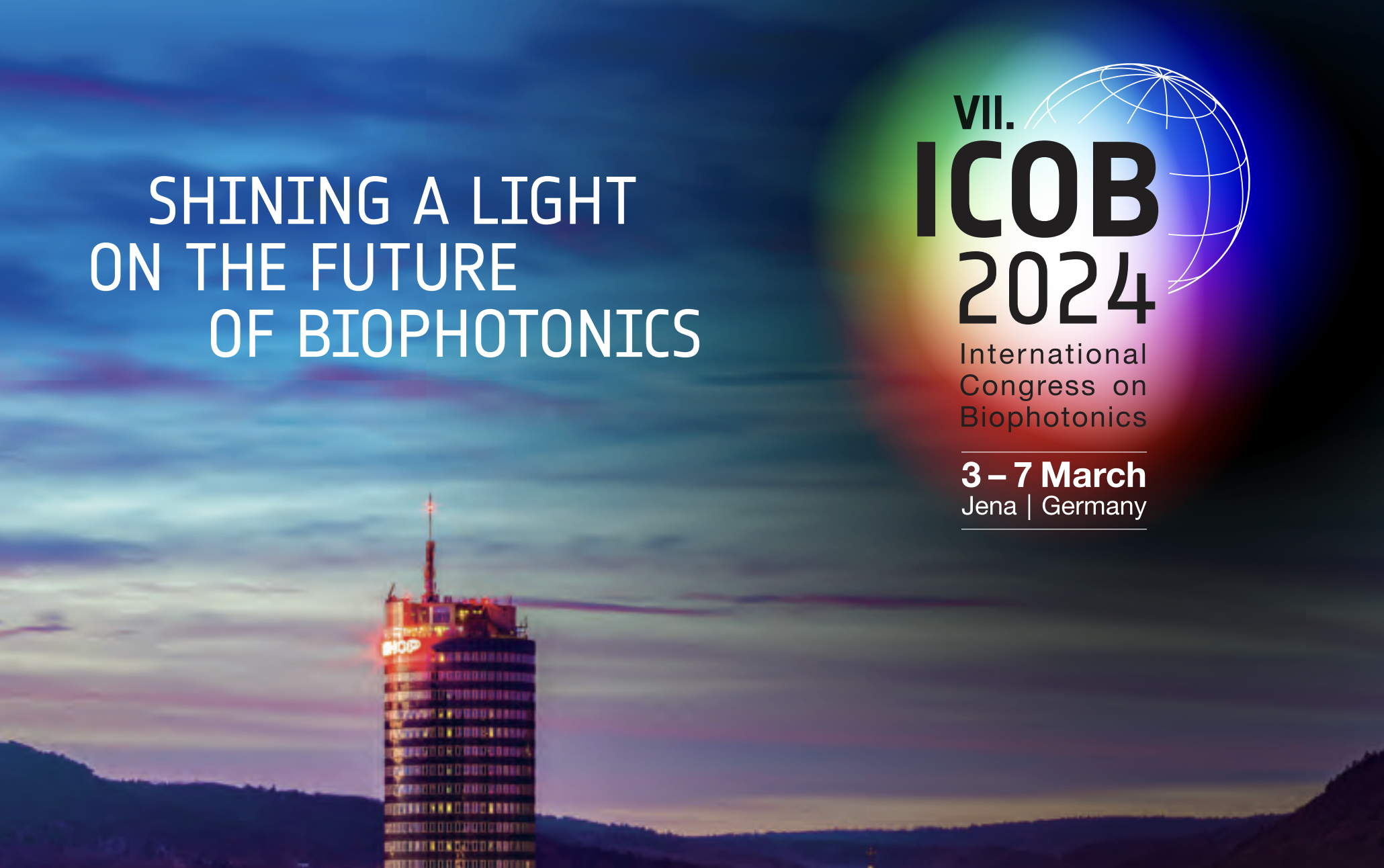Mario Chemnitz Appointed Junior Professor for Intelligent Photonic Systems at the University of Jena

The Friedrich Schiller University Jena has appointed Dr. Mario Chemnitz from Leibniz IPHT as Junior Professor for Intelligent Photonic Systems. The physicist researches machine learning for the development of intelligent sensors, microscopes, and diagnostic procedures that operate without conventional computers.
Since 2022, the PhD physicist Mario Chemnitz has led the Smart Photonics junior research group at Leibniz IPHT. He and his international team investigate the application possibilities arising from the combination of new programmable optics with machine learning and nonlinear photonics. In December 2023, he took up his junior professorship for Intelligent Photonic Systems at the Institute for Applied Optics and Biophysics at the Friedrich Schiller University Jena.
“In the academic world, I have not only found my professional home but being appointed as a professor has also allowed me to achieve a career goal I have long aspired to,” says Mario Chemnitz. “I am particularly looking forward to diving into current research topics with students, equipping them with knowledge about machine learning and artificial intelligence, and seeing that special spark in their eyes when they understand the subject.” In his role as a W1 professor, he will especially shape the teaching of master’s degree programs in Photonics and Physics.
Mario Chemnitz applies machine learning in optics to advance medical diagnostics with the help of intelligent optical systems and sensors, as well as advanced computer architectures. Central to these efforts are fiber-based neuromorphic processors that, thanks to their brain-like information processing, can recognize patterns in large optical data sets.
“Our brain processes information captured by our eyes with incredible efficiency, recognizing structures and automatically classifying them. We aim to replicate these abilities with optical neural networks that function in a similar manner,” explains Mario Chemnitz. “By utilizing natural wave dynamics, we attempt to artificially mimic these processes and translate them into optical neural networks that work similarly to our brain. Our vision is that such optical and neuron-like processors should be able to intelligently recognize and process information contained in light.” He sees a significant potential for medical diagnostics in these optical neuromorphic systems, combined with ultra-fast and clever measurement methods.
Together with his team, he researches nonlinear phenomena in optical waveguides, such as optical fibers and chip-based waveguides, and their application in photonic automation, optical data processing, and biophotonics. The outcomes of this research could enable the direct optical processing and evaluation of complex patterns in optical signals from spectrometers and microscopes, laying the foundation for intelligent instruments and energy-efficient AI hardware.
The close collaboration between Leibniz IPHT and the Friedrich Schiller University Jena is manifested in numerous successful research cooperations. “The joint appointments are a cornerstone of our strong partnership and a successful model for promoting scientific young talent and enhancing personal networking,” emphasizes Prof. Jürgen Popp, scientific director of Leibniz IPHT. “We congratulate Mario Chemnitz on his career step and wish him a successful start.”
Mario Chemnitz began his scientific career at the University of Jena, where he studied Photonics and additionally Chemical Engineering at the University of Cambridge in the UK. After completing his doctorate on solitons in liquid-core fibers under the supervision of Prof. Markus Schmidt at Leibniz IPHT with distinction in 2019, he spent three years as a postdoctoral researcher at the Institut National de la Recherche Scientifique (INRS) in Québec. In August 2022, Chemnitz returned to Jena to lead the newly established Smart Photonics junior research group at Leibniz IPHT. Equipped with a grant from the CZS Nexus program of the Carl Zeiss Foundation, he began assembling an interdisciplinary team and establishing a state-of-the-art laboratory. His goal is to explore new paths in diagnostics at the intersection of biology, physics, and data science, thereby advancing the diagnostics of the future.


